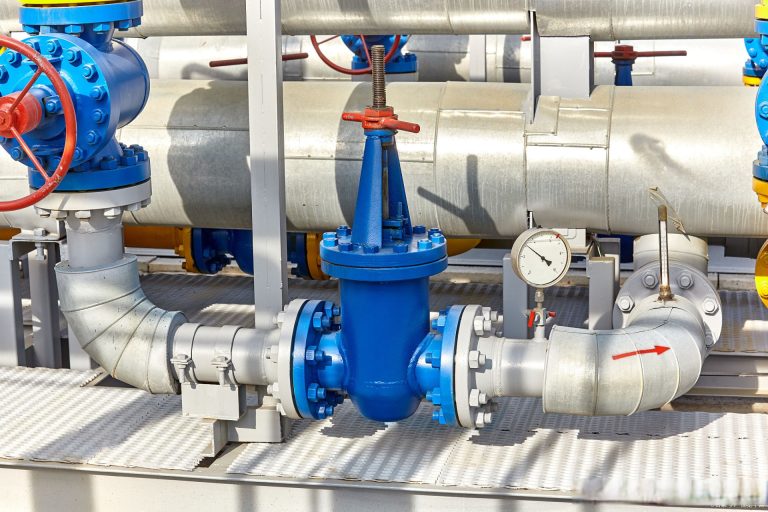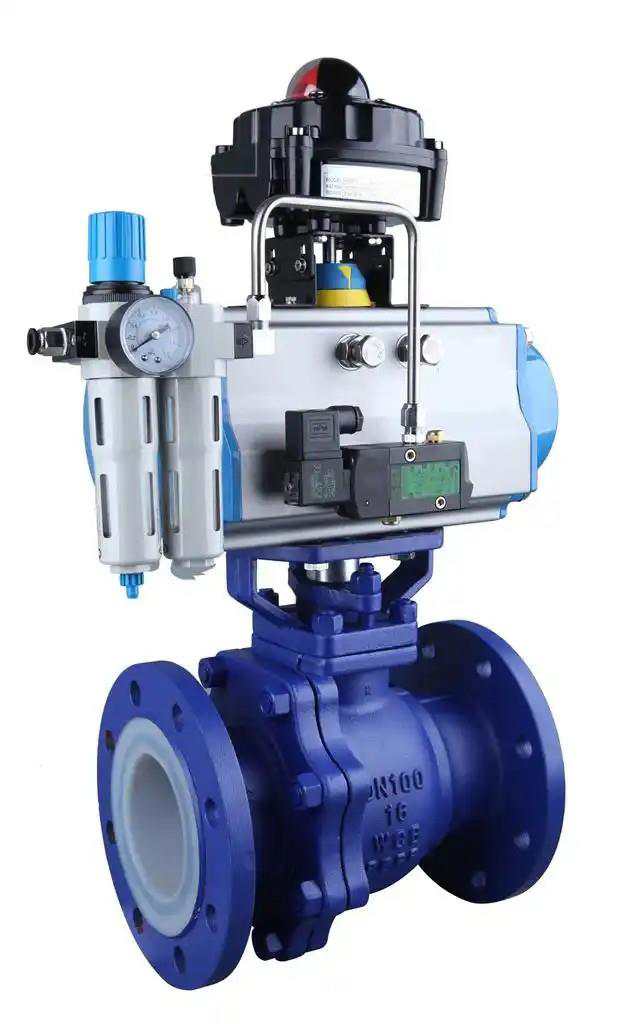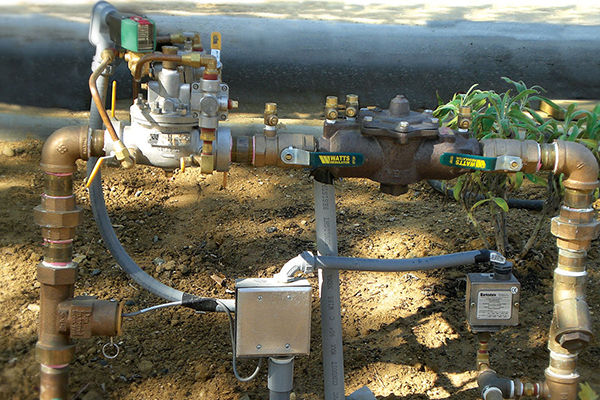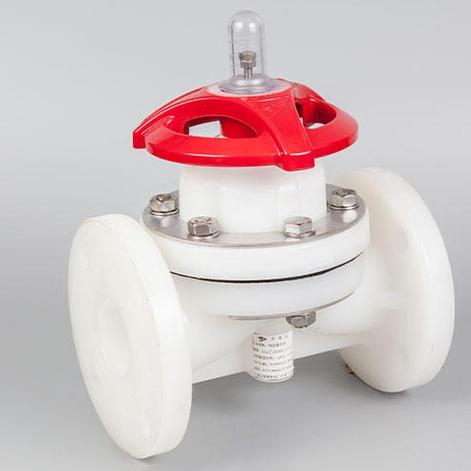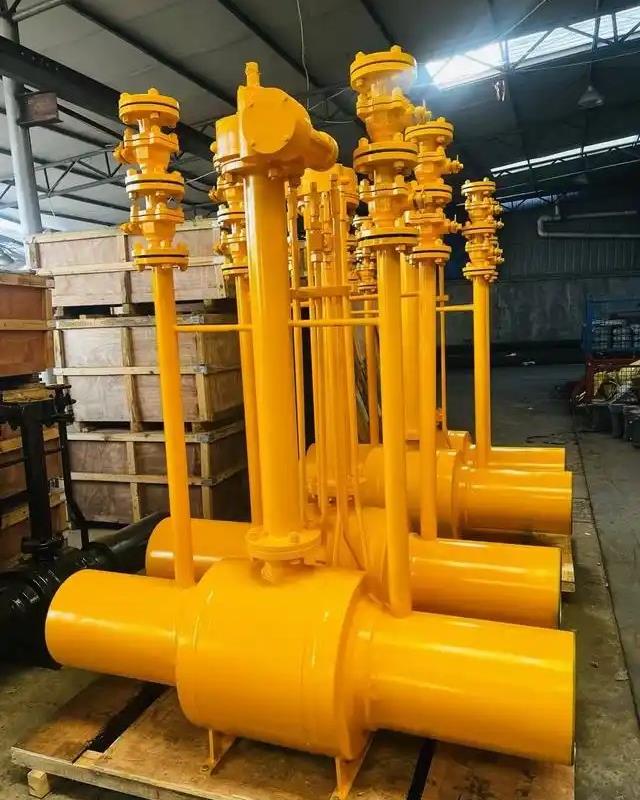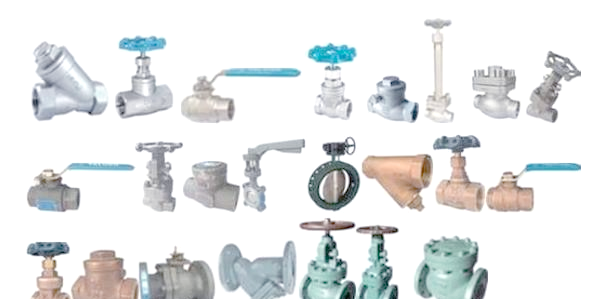Expert Explains: “Tips” for Judging Internal Leakage in Vacuum Valves
I. Judging internal leakage in gate valves.
Step 1: First, “Know” the Energy Consumption Calculation for Internal Leakage in Gate Valves.
For the daily energy consumption calculation of the equipment, if the raw materials used today are the same as those used yesterday but the yield decreases, we can initially judge that there may be internal leakage in the gate valve (which causes increased energy consumption) after ruling out process and instrument-related causes.
Step 2: Temperature Gauge Detection is “Indispensable”
If a gate valve leaks, the temperature of the adjacent subsequent pipeline (detected by a temperature gauge) will significantly rise or drop.
Step 3: “Follow Up Closely” with a Stethoscope
We can initially determine the presence of internal leakage in the gate valve through the methods in Step 1 and Step 2, but this cannot be fully confirmed. At this point, detection with a “stethoscope” becomes crucial. A screwdriver can be used as an alternative “stethoscope”: place the head of the screwdriver perpendicular to the pipeline, and press the other end tightly against your ear. Listen carefully for abnormal “hissing” sounds inside the pipeline. If such a sound is heard, it indicates internal leakage in the gate valve at this location.
By following these three steps, we can basically accurately determine whether there is internal leakage in the gate valve!
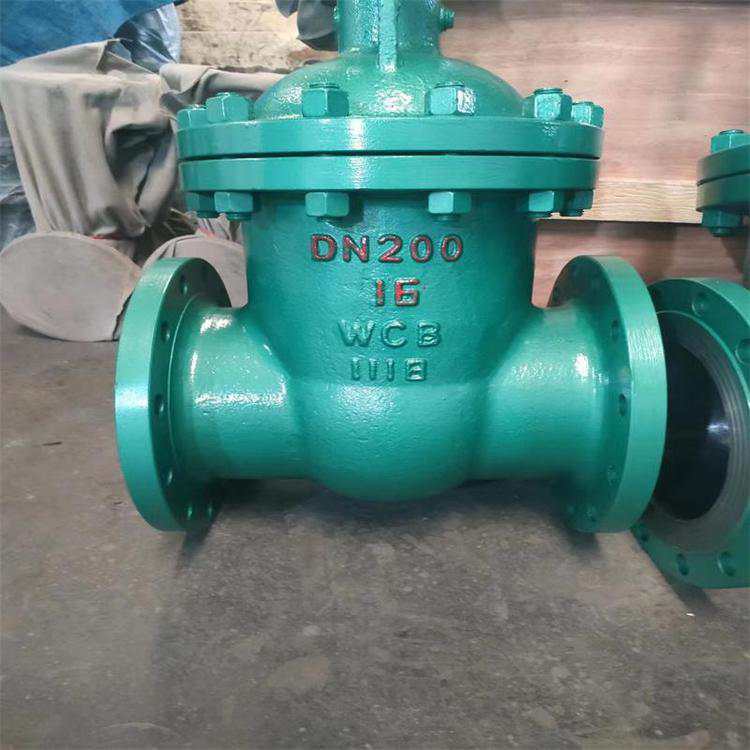
II. How to identify internal leakage through temperature.
The method for determining internal leakage in valves is as follows: After the valve is closed for 4–6 hours, use an infrared temperature measuring instrument to measure the temperature of the valve stem (near the valve body) or the metal surface 150mm downstream of the valve body. If the temperature is higher than 70°C, the valve is deemed to have “internal leakage”.
This judgment method is applicable to most valves with internal leakage. However, in practical work, we may encounter the following special cases: For drain valves or blowdown valves connected in parallel to the main drain/blowdown pipe, if the last valve of each is close to the main pipe, internal leakage in any valve of one branch will cause the temperature of other valves to rise to above 70°C. Examples include boiler blowdown valves and superheated steam drain valves. Therefore, other methods must be used to determine internal leakage for these valves—usually, the temperature of the pipe wall before the valve or the temperature of the valve stem before the valve is measured to confirm the internal leakage.
Temperature judgment of pipe wall after drain valves.
| Leakage Severity | Temperature Criteria |
|---|---|
| Severe Internal Leakage | – > 500°C- > 250°C, and the temperature difference from the pipe wall before the valve is less than 50°C- > 200°C, and the temperature difference from the pipe wall before the valve is less than 50°C- > 150°C, and the temperature difference from the pipe wall before the valve is less than 50°C- > 120°C, and the temperature difference from the pipe wall before the valve is less than 30°C |
| Moderate Internal Leakage | – > 200°C, and the temperature difference from the pipe wall before the valve is less than 80°C- > 150°C, and the temperature difference from the pipe wall before the valve is less than 80°C- > 100°C, and the temperature difference from the pipe wall before the valve is less than 80°C- > 80°C, and the temperature difference from the pipe wall before the valve is less than 50°C |
| Minor Leakage | – > 200°C, and the temperature difference from the pipe wall before the valve is more than 50°C- > 150°C, and the temperature difference from the pipe wall before the valve is more than 50°C- > 100°C, and the temperature difference from the pipe wall before the valve is more than 50°C- > 80°C, and the temperature difference from the pipe wall before the valve is more than 50°C- 400°C – 500°C- 300°C – 400°C- 150°C – 300°C |

